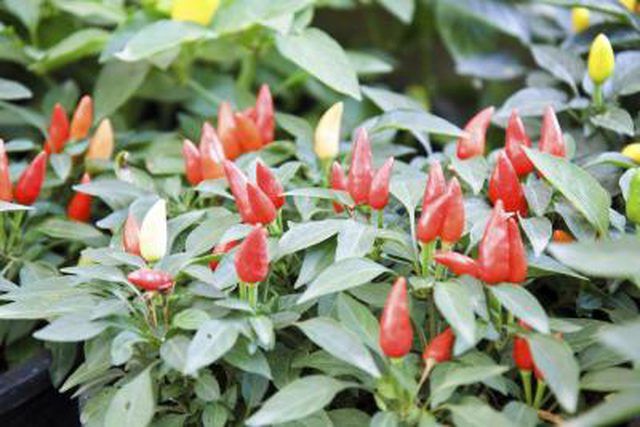Bulbs
Flower Basics
Flower Beds & Specialty Gardens
Flower Garden
Garden Furniture
Garden Gnomes
Garden Seeds
Garden Sheds
Garden Statues
Garden Tools & Supplies
Gardening Basics
Green & Organic
Groundcovers & Vines
Growing Annuals
Growing Basil
Growing Beans
Growing Berries
Growing Blueberries
Growing Cactus
Growing Corn
Growing Cotton
Growing Edibles
Growing Flowers
Growing Garlic
Growing Grapes
Growing Grass
Growing Herbs
Growing Jasmine
Growing Mint
Growing Mushrooms
Orchids
Growing Peanuts
Growing Perennials
Growing Plants
Growing Rosemary
Growing Roses
Growing Strawberries
Growing Sunflowers
Growing Thyme
Growing Tomatoes
Growing Tulips
Growing Vegetables
Herb Basics
Herb Garden
Indoor Growing
Landscaping Basics
Landscaping Patios
Landscaping Plants
Landscaping Shrubs
Landscaping Trees
Landscaping Walks & Pathways
Lawn Basics
Lawn Maintenance
Lawn Mowers
Lawn Ornaments
Lawn Planting
Lawn Tools
Outdoor Growing
Overall Landscape Planning
Pests, Weeds & Problems
Plant Basics
Rock Garden
Rose Garden
Shrubs
Soil
Specialty Gardens
Trees
Vegetable Garden
Yard Maintenance
Lowest Temperatures for Pepper Plants
Lowest Temperatures for Pepper Plants. Peppers (Capsicum annuum), including both sweet and hot types, can be treated as warm-season annuals in any climate that has a sufficiently long growing season with nighttime temperatures above 60 degrees Fahrenheit and daytime temperatures below 90 F. Peppers grow as perennials in U.S. Department of...

Peppers (Capsicum annuum), including both sweet and hot types, can be treated as warm-season annuals in any climate that has a sufficiently long growing season with nighttime temperatures above 60 degrees Fahrenheit and daytime temperatures below 90 F. Peppers grow as perennials in U.S. Department of Agriculture plant hardiness zones 9 through 11. Depending on the cultivar, peppers typically mature in 100 to 120 days after planting seeds and 70 to 85 days after transplanting seedlings.
Lowest Temperatures for Indoor Germination
Germinating pepper seeds indoors is a better choice than sowing them outdoors. Peppers sowed directly in the garden germinate slowly and unevenly. To germinate seeds indoors, sow seeds about 3/4 inch deep in transplant trays filled with soilless germination medium and keep the medium moist but not soggy. The best temperature for germination is 80 to 85 F, but seedlings grow best at 70 to 75 F. Temperatures lower than 80 F cause inconsistent or delayed germination. Seedlings grow poorly at temperatures below 70 F. Allow six to nine weeks indoors or in a greenhouse to produce seedlings ready for transplanting outdoors.
Lowest Temperature for Transplanting Seedlings
Transplant pepper seedlings when nighttime temperatures are above 55 F and daytime temperatures range between 65 and 70 F. Soil temperatures below 60 F may kill transplanted pepper seedlings. To help maintain warm soil, place black plastic on the ground and cut slits for the plants.
Lowest Temperature for Sowing Outdoors
Sow pepper seeds outdoors in full sun and out of the wind when the soil has warmed to 75 F. Sow the seeds 1/4 to 1/2 inch deep, cover with soil and water thoroughly. Peppers will not set on maturing plants if nighttime air temperatures drop below 50 F or daytime temperatures rise above 90 F. If the peppers are prevented from setting fruit by high temperatures, they will start again when the weather cools.
Lowest Temperature for Storage
When harvested peppers lose water, they lose their firmness. Once picked, they will last two weeks if stored at 41 F and three to five weeks stored at 45 F. Storing peppers below 41 F will cause softening without loss of water, decay, discoloration of seed cavities and pitted skins. Green peppers are more sensitive to chilling injury than other colors of pepper. Storing peppers above 45 F will cause them to shrivel from water loss.